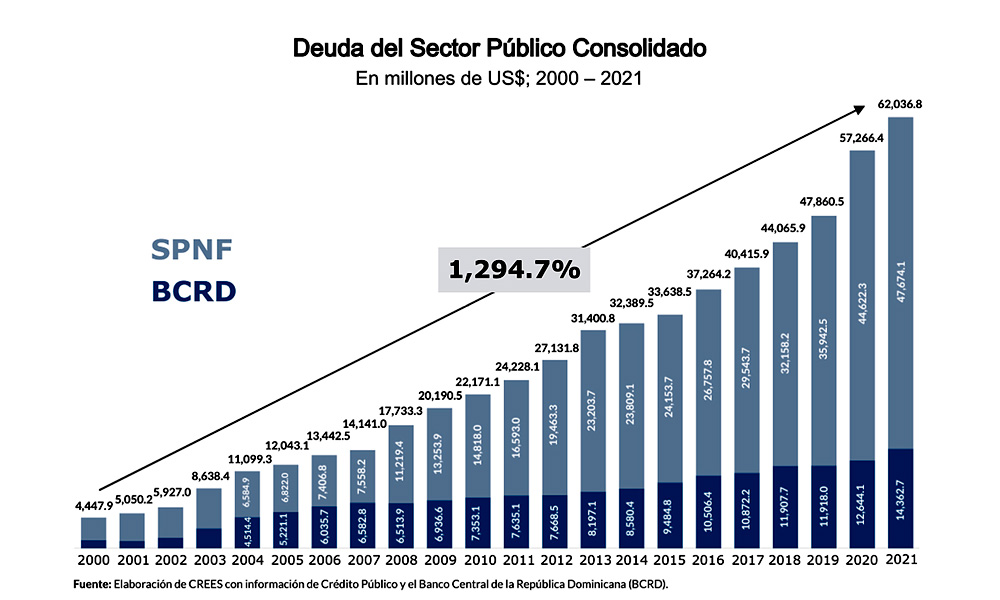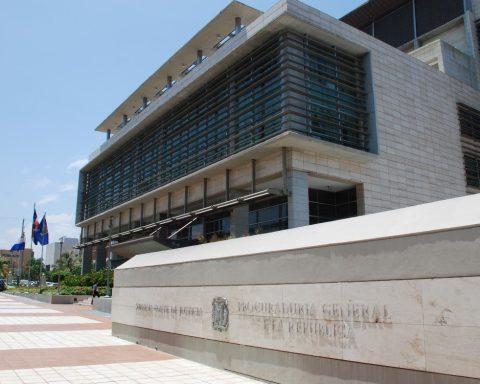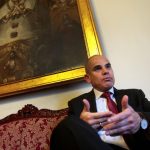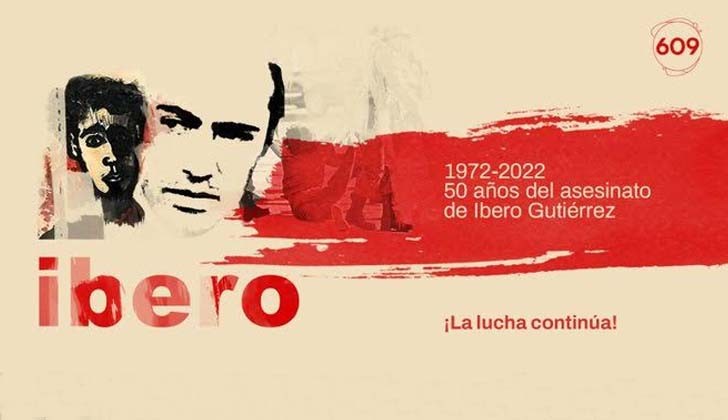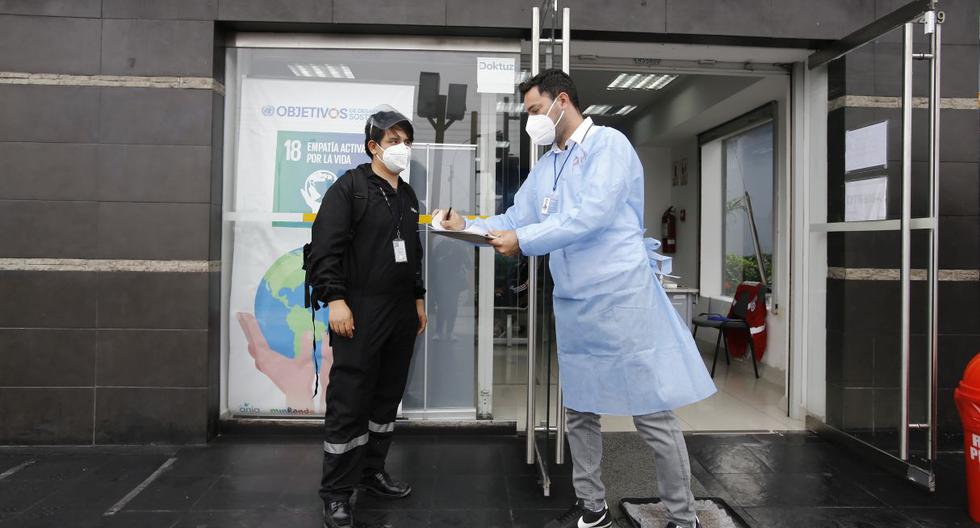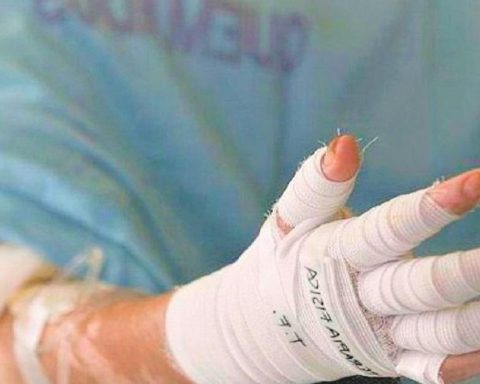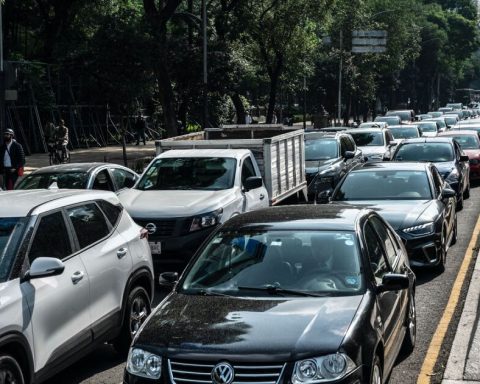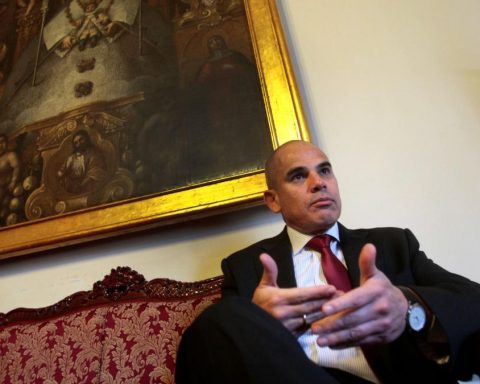The debt of the non-financial public sector (NFPS) of the Dominican Republic reached US$47,674.1 million as of December 2021, an increase of US$3,051.7 million compared to 2020.
When adding the debt of the Central Bank of the Dominican Republic, the total represented US$62,036.8 million. That is US$4,770.4 million more than as of December 31, 2020. This, according to a study by the Regional Center for Sustainable Economic Strategies (CREES).
In terms of Gross Domestic Product (GDP), the country’s debt stood at 66.7%. This is a high level from the historical point of view of the country.
According to the study by the center of thought and analysis, using the debt-to-GDP ratio can be useful for making comparisons between countries and over time. “For example, it serves to warn that the accumulated increase of the last two years has brought the amount of debt to one of its highest historical levels. However, this ratio has the drawback that it is not a measure that can provide an accurate idea of the risk that the level of indebtedness represents at a given moment”, he indicates.
The CREES recalls that in 1983, for example, with a GDP debt ratio of 32%, the Dominican Republic failed to meet its commitments (defaulted).
“The debt/GDP ratio does not necessarily reflect the possibility of a government being able to meet its financial commitments. The debt is paid with the income received by the State. GDP is just a statistic that tries to represent economic activity, both private and public. The latter means that GDP includes public spending, a fraction that is not isolated in the analyses. Therefore, if the intention of using this ratio is to reflect the payment capacity of a government at a certain moment, in reality it would be overestimating it”, he says.
From the CREES point of view, the price of the Dominican Republic’s debt will be affected by the actions of the Federal Reserve (Fed). “Investors will demand higher returns. Actions such as the recent liability management operation, or refinancing, help reduce debt service. These are opportunities that provide, precisely, the conditions of low rates, ”he says in another part of the CREES analysis, under the signature of executive vice president, Miguel Collado Di Franco.
“However, the debt continues to increase,” he warns. And he adds that price inflation will continue to contribute to significant nominal collections in 2022, just as it did in 2021.
However, he considers it appropriate to remember that the government will not have some RD$78 billion that it obtained in 2021 from tax advances from financial institutions and Barrick Gold, as well as resources from Law 46-20, mainly.
“It seems to coincide with this scenario, that the authorities try to increase collections administratively through rules and regulations. In a situation in which families and companies have not yet recovered from the effects of the pandemic measures, it does not seem prudent to raise the tax burden. The conditions indicate that this is an opportune moment for reforms so that civil society has more resources to invest and create more wealth; and try to avoid the effects of price inflation that affects everyone”, warns CREES in its analysis.
From their point of view and from an economic point of view, it is time for the authorities to implement measures that favor efforts to create jobs and wealth.
He says that a tax reform that reduces the current incentives for tax evasion and avoidance, eliminating taxes and reducing the rates of existing ones, as the main measures, would help the particular objectives of citizens. If this reform, in the correct sense of that term, is accompanied by a fiscal responsibility law, the Dominican Republic would be in a better position relative to its peers to face the challenges of changes in international monetary conditions. .
What President Abinader said
On Sunday, President Luis Abinader, in his accountability before the National Assembly, highlighted that his management achieved a reduction in the public deficit, from 7.9% in 2020 to 2.7% in 2021, thereby improving the projections that were 4.1% for that year. In addition, I can also indicate that there was a decrease in the consolidated debt of the public sector of 6.4 percentage points of the debt ratio, going from 69.1% at the end of 2020 to 62.7% at the end of 2021.
Public Credit Directorate and its statistics
According to the Directorate of Public Credit, as of December 31, 2021, the balance of the external and internal debt of the non-financial public sector represented 50.5% of GDP.
In a cut to February 10, 2022, posted on its website, the SPNF’s debt balance is made up of 69.9% foreign debt, which presented an unpaid balance of US$33,343.2 million; while the remaining 30.1% corresponds to internal debt, which totaled RD$818,884.6 million, equivalent to US$14,330.9 million, at the exchange rate of RD$/US$=57.1413. These amounts represent 35.3% and 15.2% of the estimated GDP, respectively.
He indicated that “of the total internal debt, some US$2,316.4 million (2.5% of GDP) correspond to intergovernmental debt of bonds issued by the central government for the recapitalization of the Central Bank of the Dominican Republic. Intergovernmental debt is that contracted by one government institution with another.
